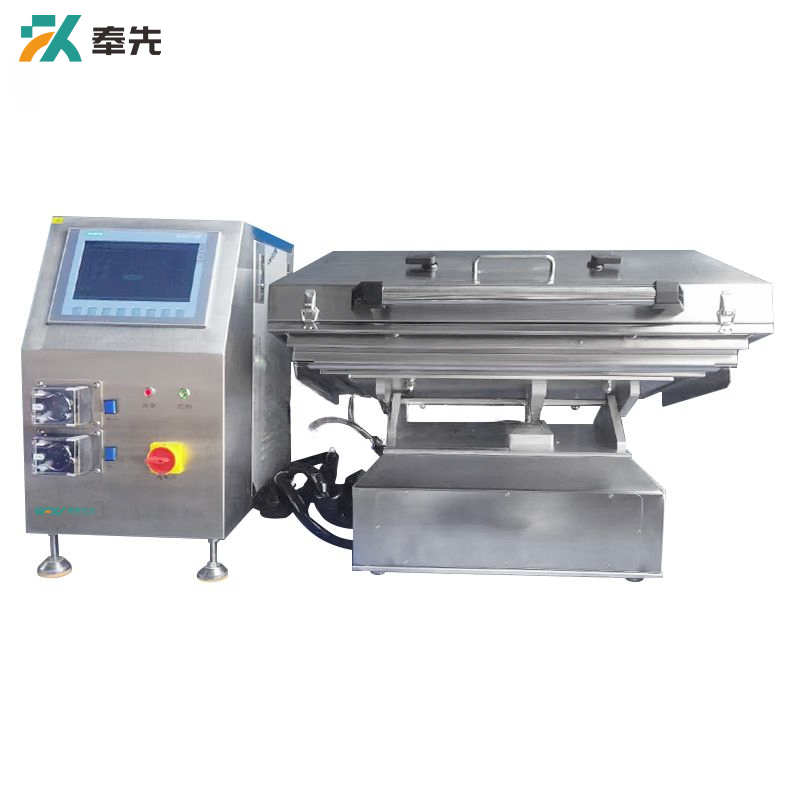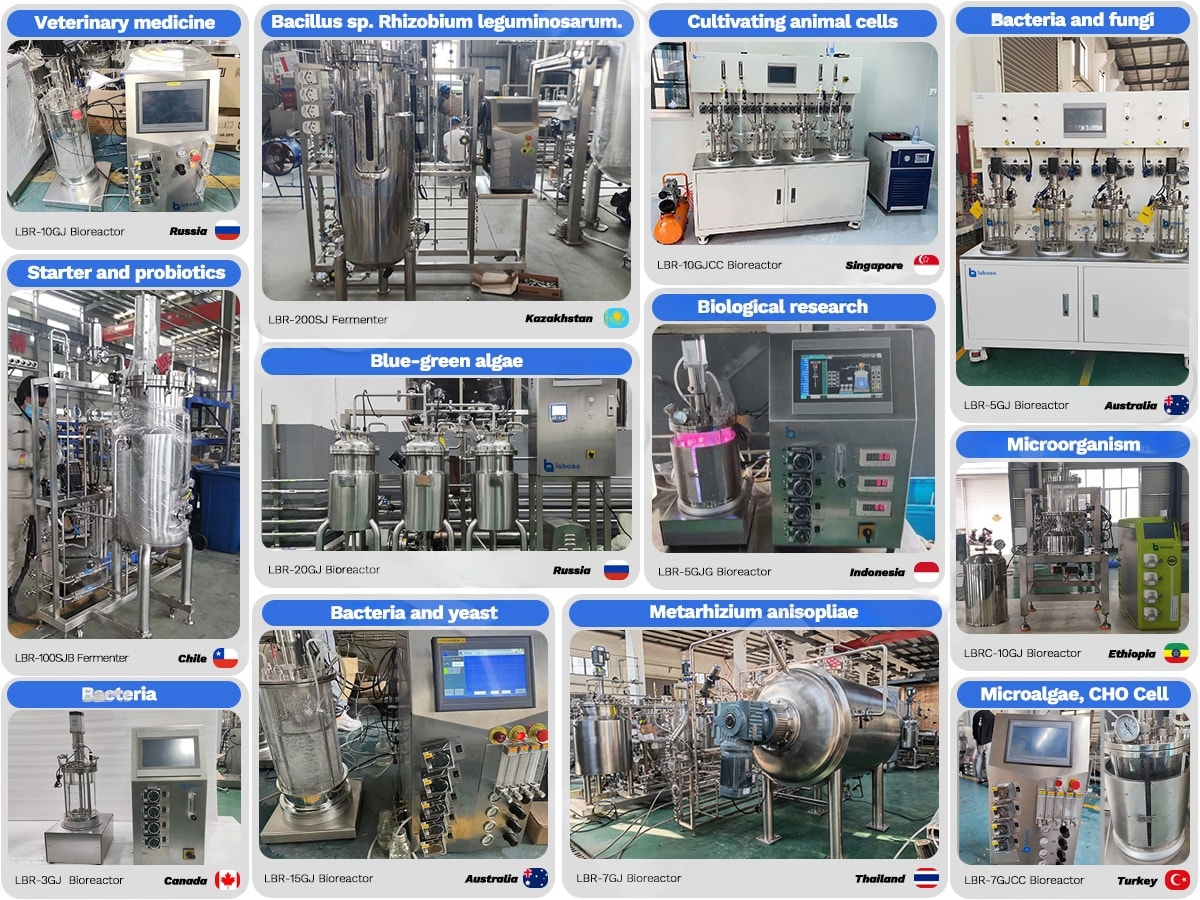OVERVIEW
Consumables needed for WAVE disposable reactor: including cell bags, liquid storage bags, hoses, filters and tangential flow membranes, etc., usually made of medical grade plastic materials (such as polyethylene, polycarbonate, polystyrene, etc.) , sterilized by gamma rays in advance can effectively prevent pollution and realize ready-to-use. Compared with traditional stainless steel reactors, this method reduces the sterilization process and the dependence on other public facilities (such as water systems and steam, etc.) , saving plant construction and construction costs, reducing the difficulty of plant construction, and significantly reducing production cost input.
The use of consumables such as disposable reactors can also reduce the company's training costs for employees, such as training on the use of public facilities, cleaning and sterilization, and subsequent verification, reducing employee operating errors and shortening the drug production cycle. The WAVE disposable bioreactor also reduces the possibility of cells being exposed to the external environment of the laboratory multiple times during the culture period. Sterile disposable tubing and transfer bags are used in the inoculation, feeding, sampling and transfer processes. To a great extent, it meets the requirements of GMP production for a closed environment, and shortens the time to market of pharmaceutical products while complying with regulations.




